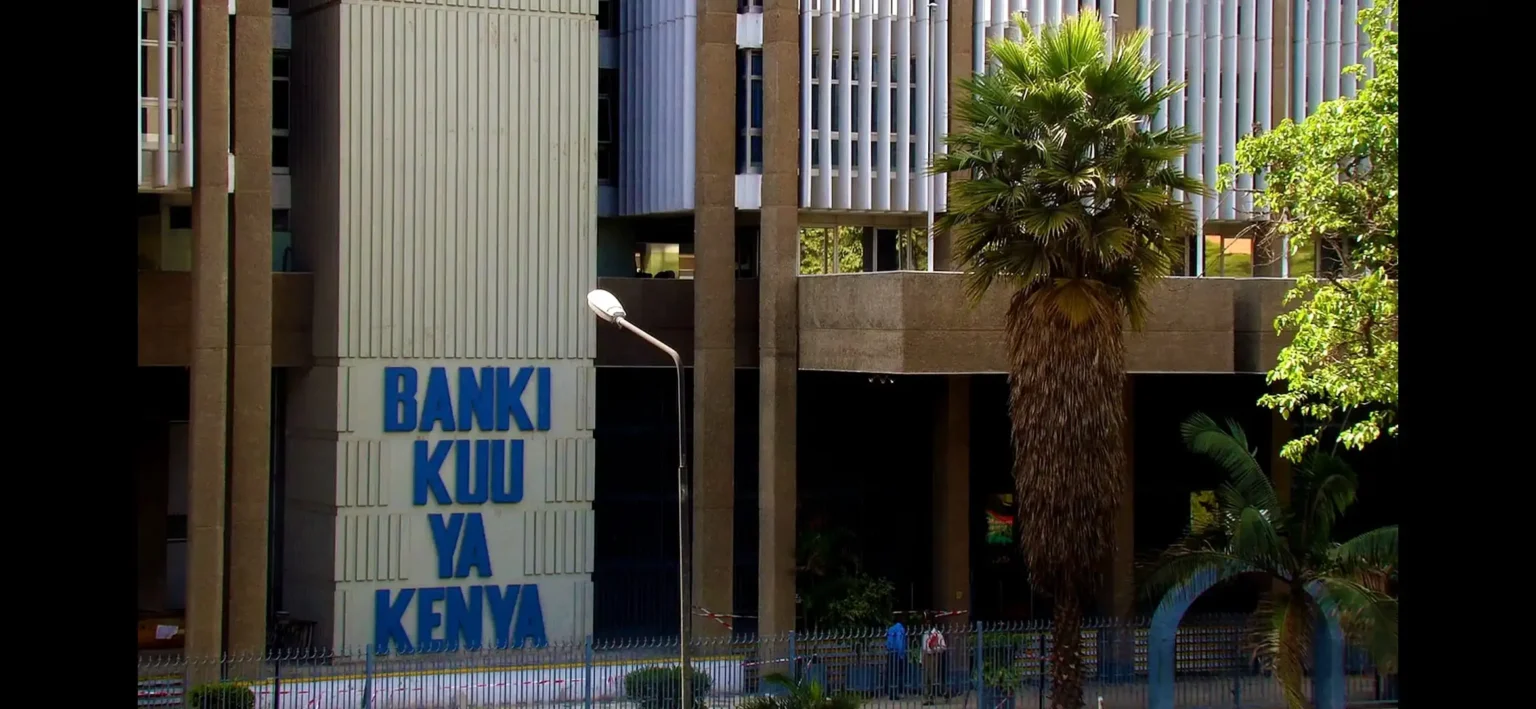- Non-performing loans in Kenya surged to a 16-year high of 15 per cent in August 2023.
- The Kenya Bankers Association had called for further monetary policy tightening by the CBK, terming it a cure to elevated non-performing loans.
- According to the CBK data, forex pressure cut lending to the private sector to 8.3 per cent during the review period.
The banking sector regulator has said that Kenya’s private sector players resorted to alternative funding sources to avoid the high lending rates, leading to a drop in non-performing loans during the holiday season.
The continued surge in bank interest rates has hit individuals and businesses hard on the back of the Central Bank of Kenya’s (CBK) elevated benchmark interest rate. This has happened thrice since Governor Kamau Thugge took office, citing the need to support the country’s struggling shilling.
On Tuesday this week, the Central Bank of Kenya increased the benchmark lending rate for a third time in a row to levels seen 11 years ago to curb inflation and support the battered shilling.
Since COVID-19, the percentage of problematic loans has never decreased until now. The rise in bad loans has been attributed to rising interest rates on commercial bank loans, which have weighed heavily on customers servicing the facilities amidst a deteriorating macroeconomic environment.
According to the CBK’s latest data, between October and January, the overall loan default rate (non-performing loans) decreased from 15.3 per cent to 14.8 per cent.
Since bank deposits increased by Sh430 billion in the first half of the year to surpass Sh5 trillion for the first time, banks are expected to write off Sh750 billion that they currently own.
“Decreases in NPLs were noted in the energy and water, manufacturing, agriculture, building and construction and transport and communication sectors. Banks have continued to make adequate provisions for the NPLs,” CBK said in a Monetary Committee brief.
Although the apex bank did not give clear reasons for the drop in bad loans, banking experts believe that the household wing of the private sector borrowing relied on savings for Christmas treats and school fees.
The Christmas break was a blessing in disguise, especially for the manufacturing sector, which has since overtaken traders as the biggest defaulters of loans, reflecting the rising operation costs for the sector, which has been hit hardest by elevated inflation and new and higher taxes.
The sector’s non-performing loans (NPLs) stock jumped 59.2 percent to Sh133 billion.
On Tuesday this week, the Monetary Policy Committee (MPC) raised the base lending rate by 50 basis points to 13 percent, citing high inflation and forex volatility.
Base lending risk to non-performing loans in Kenya
Experts fear that the high rate will likely trigger a high rate of non-performing loans in the coming days, or companies will be forced to minimize operating costs.
“It means job cuts or total closures,” says banking sector expert Ibraham Onalo.
It is, therefore, no wonder that strong credit growth was observed in manufacturing (20.9 per cent), transport and communication (20.8 per cent), trade (13.1 per cent), and consumer durables (9.9 per cent).
The number of loan applications and approvals remained resilient, reflecting sustained demand, particularly for working capital requirements.
Speaking to journalists at the Post MPC briefing, CBK governor Kamau Thugge said lending to the private sector could have been much stronger were it not for the high forex volatility witnessed during the period under review.
According to the CBK data, forex pressure cut lending to the private sector to 8.3 per cent during the review period compared to eight per cent in November.
Apart from forex, inflationary pressures hit the banking sector hard, with the overall inflation increasing to 6.9 per cent in January 2024 from 6.6 per cent in December 2023 and remaining sticky in the upper bound of the government’s target range.
Read Also: Costly loans loom large as Kenya’s Central Bank hikes rate to 12.5 per cent.
Food inflation increased to 7.9 per cent in January 2024 from 7.7 per cent in December 2023, largely reflecting higher prices of a few non-vegetable items, following reduced supply partly attributed to seasonal factors.
Fuel inflation rose to 14.3 per cent in January 2024 from 13.7 per cent in December 2023, largely due to higher electricity tariffs.
Non-food non-fuel (NFNF) inflation increased to 3.6 per cent in January 2024 from 3.4 per cent in December 2023, partly reflecting seasonal increases in education sector-related costs.
“The risks to inflation remain elevated in the near term, reflecting the impact of second-round effects of the rise in fuel inflation, and pass-through effects of exchange rate depreciation,” Thugge said.
